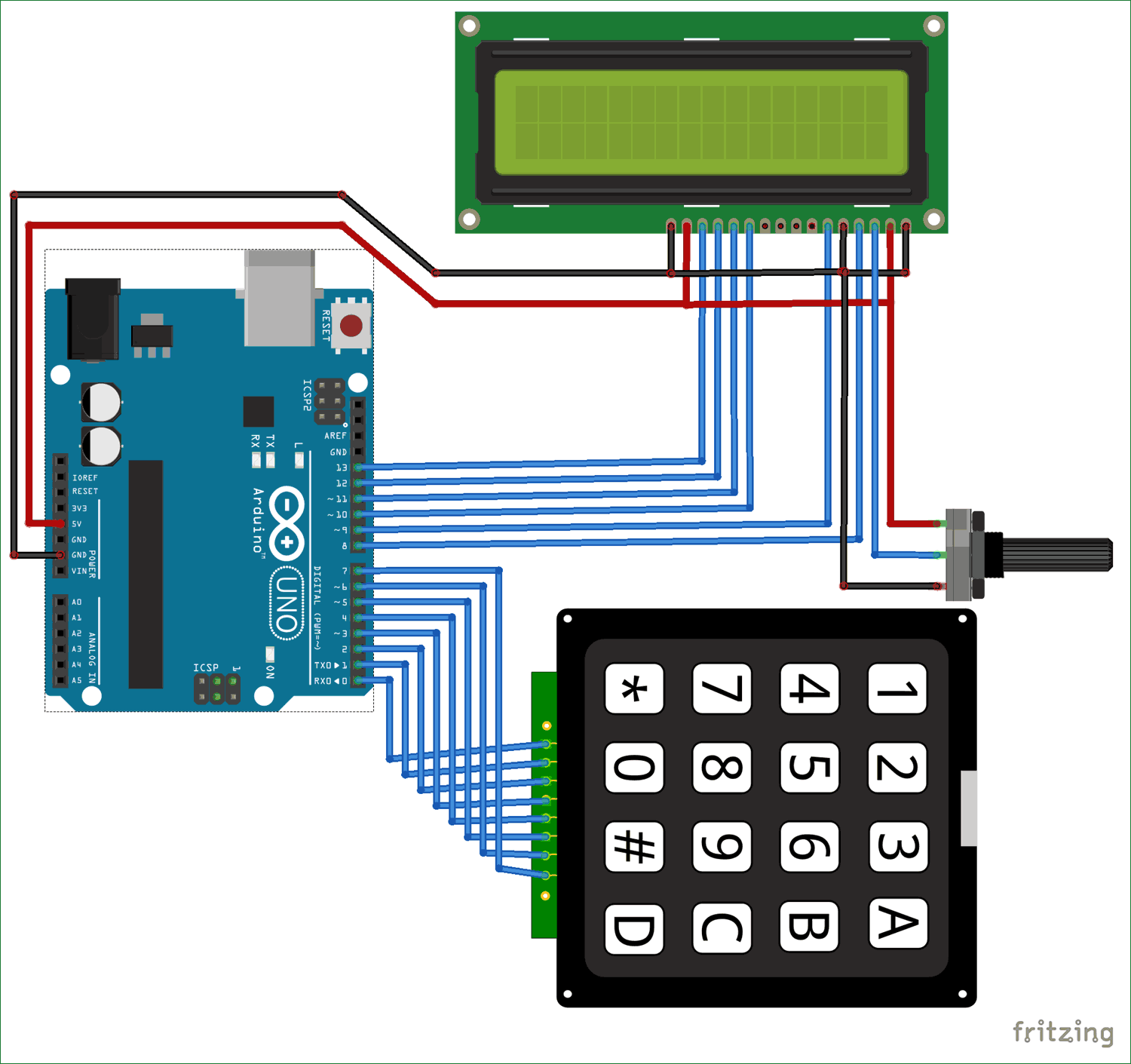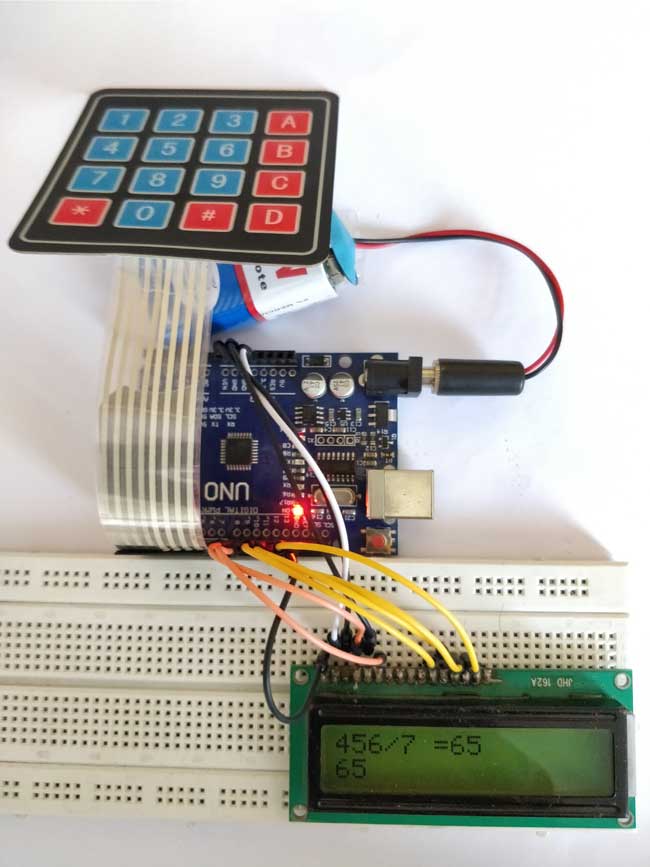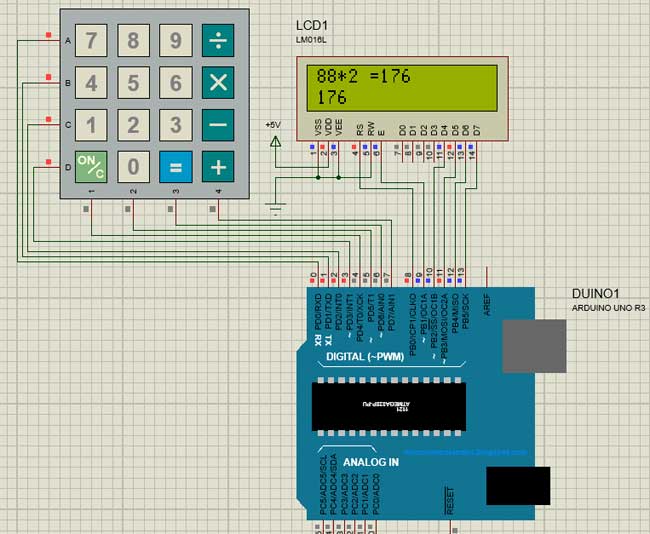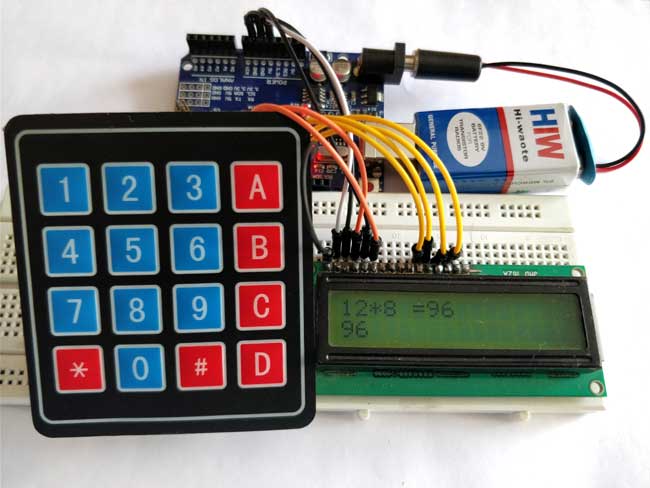AUTONOMOUS ARDUINO TANK (A.A.T)
56,835
87
16
Intro: Autonomous Arduino Tank (A.A.T)
Hey everyone, this is my very first robot. I'm a 15 year old freshman. I've been interested in robots since the 6th grade and been trying to build one ever since. I've decided to call it A.A.T because it's an autonomous arduino tank, just as the name states.
My robot consist of a reused remote control tank chassis and a couple of other components which can be found below in the "Materials Needed" section. I've never used an Arduino before but I have heard of them since the 7th grade and now I'm psyched in having to use one. I've completed this robot with the help of many sources for example websites, books about Arduinos, family, and friends.
My robot consist of a reused remote control tank chassis and a couple of other components which can be found below in the "Materials Needed" section. I've never used an Arduino before but I have heard of them since the 7th grade and now I'm psyched in having to use one. I've completed this robot with the help of many sources for example websites, books about Arduinos, family, and friends.
Step 1: Materials Needed
Materials
1. RC Tank Chassis
2. Arduino Uno
3. Breadboard w/ Jumper Wire Set
4. SN754410NE Motor Driver
5. Standard Servo
6. Ping Ultrasonic Range Finder
7. 9 Volt Snap Connector
8. 9 Volt Battery
9. DC Power Plug
10. x4 D Size Batteries
11. x4 D Battery Holder
12. Male Servo Extension
13. USB A to B Cable
14. 6" x 6" Base Plate (Optional)
Tools
1. Screw Driver Set
2. Hot Glue Gun
3. Solder Pencil
1. RC Tank Chassis
2. Arduino Uno
3. Breadboard w/ Jumper Wire Set
4. SN754410NE Motor Driver
5. Standard Servo
6. Ping Ultrasonic Range Finder
7. 9 Volt Snap Connector
8. 9 Volt Battery
9. DC Power Plug
10. x4 D Size Batteries
11. x4 D Battery Holder
12. Male Servo Extension
13. USB A to B Cable
14. 6" x 6" Base Plate (Optional)
Tools
1. Screw Driver Set
2. Hot Glue Gun
3. Solder Pencil
Step 2: RC Tank Chassis
The chassis of this robot is an old RC Abrams Tank that I had purchased at the second hand store for only 10 bucks. I stripped the whole thing until the chassis was left. You don't really need to use the exact same tank, any RC Tank will do just fine. Also, the motor driver on the original tank sucked, so i decided to construct my own which can be seen on the next step.
So the base plate I'm using was hot glued into place as in the picture shown(exact position of the plate doesn't matter), but i preferred to place mine in the center.
So the base plate I'm using was hot glued into place as in the picture shown(exact position of the plate doesn't matter), but i preferred to place mine in the center.
Step 3: SN754410NE Motor Driver
In order to control and power the duel motors on my robot I used the SN754410NE Motor Driver. You don't necessarily need to use this one, another example would be the L293 Motor Driver, but it was the one I had purchased years ago.
Okay, so I will now be explaining how to connect the motor driver to the Arduino Uno. First, connect all ground pins to ground on the breadboard, which are pins 4,5,12, and 13 of the motor driver. Then connect Pins 1 and 16 of the motor driver to Pins 9 and 10 on the Arduino. Next, connect pins 2 and 7 of the motor driver to pins 3 and 4 on the Arduino, which are the inputs of the left motor. After that is complete, connect pins 10 and 15 of the driver to pins 5 and 6 on the Arduino, which are the inputs of the right motor. Pins 3 and 6 of the motor driver have to connect to the left motor and pins 14 and 11 have to connect to the right motor. Pins 3,6,11, and 14 are all output pins, which mean that they will send the signal from the Arduino to the motors and tell it when to move or when to be stationary.And the last two pins which are pins 8 and 16 of the motor driver need to be connected to power on the breadboard. The power source will be a 9 volt battery hooked up to the breadboard as shown in one of the pictures.
Okay, so I will now be explaining how to connect the motor driver to the Arduino Uno. First, connect all ground pins to ground on the breadboard, which are pins 4,5,12, and 13 of the motor driver. Then connect Pins 1 and 16 of the motor driver to Pins 9 and 10 on the Arduino. Next, connect pins 2 and 7 of the motor driver to pins 3 and 4 on the Arduino, which are the inputs of the left motor. After that is complete, connect pins 10 and 15 of the driver to pins 5 and 6 on the Arduino, which are the inputs of the right motor. Pins 3 and 6 of the motor driver have to connect to the left motor and pins 14 and 11 have to connect to the right motor. Pins 3,6,11, and 14 are all output pins, which mean that they will send the signal from the Arduino to the motors and tell it when to move or when to be stationary.And the last two pins which are pins 8 and 16 of the motor driver need to be connected to power on the breadboard. The power source will be a 9 volt battery hooked up to the breadboard as shown in one of the pictures.
Step 4: Attaching the Ping Sensor
The sensor I used on my robot that will help it avoid walls or objects in its trajectory is the Ping Ultrasonic Range Finder. The sensor will be situated on a standard servo, which can be purchased at your local Radio Shack, and the whole platform will be placed on the front part of the tank. Every time the robot gets within 10 cm of an object, the servo will turn both sides and then the program in the Arduino decides which side is most clear for the robot to pass through.
The first step to this is to attach the Male Servo Extension to the ping sensor so that it can connect from the front of the tank to the middle. Next, tape the ping sensor with the extension on top of the Standard Servo so that it wont move when the servo turns both 90 and 180 degrees(Left or Right).
There are three pins on the sensor, ground, 5v, and signal. The ground obviously will be connected to ground, the 5v to the Arduino's regulated pin, and the signal pin on pin 7 of the Arduino.
The first step to this is to attach the Male Servo Extension to the ping sensor so that it can connect from the front of the tank to the middle. Next, tape the ping sensor with the extension on top of the Standard Servo so that it wont move when the servo turns both 90 and 180 degrees(Left or Right).
There are three pins on the sensor, ground, 5v, and signal. The ground obviously will be connected to ground, the 5v to the Arduino's regulated pin, and the signal pin on pin 7 of the Arduino.
Step 5: Power Supply
Okay, so for the Arduino I bought a DC Power Plug(Size N) and 9V Battery Snap Connectors, which can be purchased at your local Radio Shack for about $5. For the power supply for both duel motors in the tank, I used 4 D Size Batteries and purchased a 4 D Battery Holder for $2.
For the Arduino power supply, you would have to solder the DC Power Plug to the 9V Snap Connector. Then for the motor power supply, you would have to just connect the Battery holder straight to the Breadboard containing the SN754410NE motor driver.
For the Arduino power supply, you would have to solder the DC Power Plug to the 9V Snap Connector. Then for the motor power supply, you would have to just connect the Battery holder straight to the Breadboard containing the SN754410NE motor driver.
Step 6: Putting Everything Together
Once every step is completed, now its time to put everything together. First we would need to attach the Arduino and the Breadboard on to the piece of HDPE. Then, attaching the Ping sensor with the servo to the front of the robot using hot glue. Then comes the part where you would have to attach both battery power supplies, which will power both the motors and the Arduino. These can be place to your preference, but I attached them right next to the Arduino and the Breadboard. After everything is attached and secured you can now wire everything up and turn on the Arduino to watch it run.
Step 7: A.A.T. Source Code
Okay, so after the construction of your robot it is now time to program it. The program will tell the robot when to move and stop in order to avoid collision with an object. I've had many failed attempts in writing this sketch and after a couple of days without sleep I've managed to finish it.
First, the program will tell the robot to move in a forward direction until it is within 10 cm away from an object. If it is in this range the program will now tell the robot to stop and scan both sides using the Ping sensor. Once both sides been scanned the program can now determine which side is most clear and safest for the robot to move towards that direction. If both sides aren't clear and have objects blocking the robots' way, it will turn a full 180 degrees and continue its trajectory without colliding.
The sketch for this robot can be found in the link below
First, the program will tell the robot to move in a forward direction until it is within 10 cm away from an object. If it is in this range the program will now tell the robot to stop and scan both sides using the Ping sensor. Once both sides been scanned the program can now determine which side is most clear and safest for the robot to move towards that direction. If both sides aren't clear and have objects blocking the robots' way, it will turn a full 180 degrees and continue its trajectory without colliding.
The sketch for this robot can be found in the link below



























